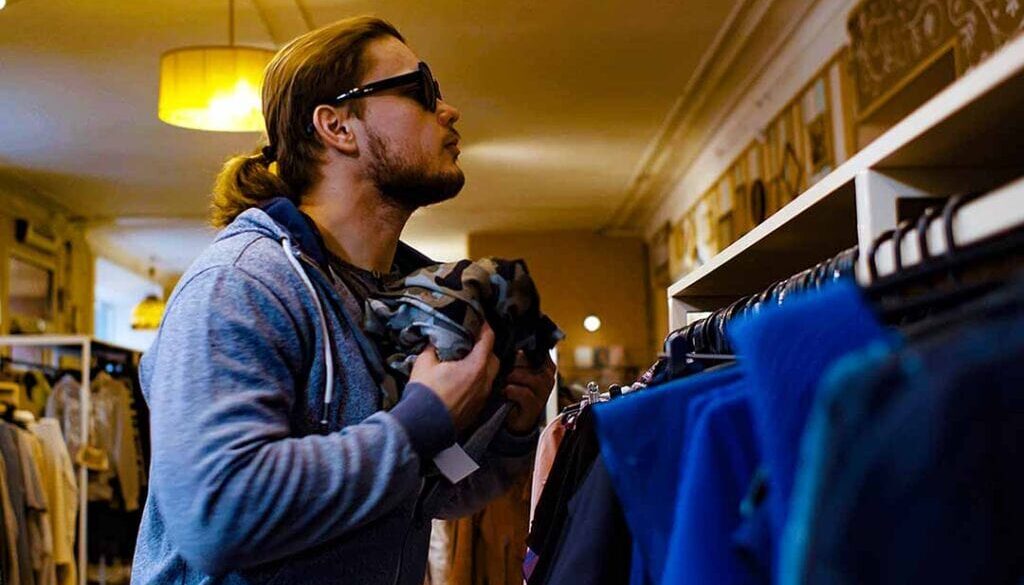Shoplifting Techniques & What Retailers need to Know!

Shoplifting Techniques – What methods do shoplifters use?
Criminal Shoplifting techniques affect businesses by harming earnings, decreasing inventory, and stress on store owners and employees.
Employee Thefts
In the retail industry, losses from shoplifting by employees can amount to a significant portion of all losses incurred. Employees in the retail business often turn to deception through enticement or assume that they have developed a new way of stealing that can be undetected. CCTV cameras, and excellent supervision with onsite security officers, will help deter employee dishonesty.
All employee purchases should be rigorously controlled and approved by management and always subject to inspection on leaving the premises. Staff members should never be allowed to process their purchases. Employee lockers or cloakrooms should be provided, and staff should never be allowed to take any handbag onto the selling floor.
Management should also be performing frequent spot checks of cash transactions and hire subjects to come into the store to complete test transactions to see if employees adhere to the store’s security protocols.
Common causes of shoplifting include bad management, poor store layouts, poorly trained staff, lack of security protocols including CCTV and security tags, and what most insurance companies recommend is hiring an onsite security officer.
Shoplifting Techniques
There are many shoplifting techniques, and we will discuss a few.
Palming
The first one we will mention is Palming. Palming is a technique used by criminals to conceal items in the palm of their hands.
Tag Switching
Another method of shoplifting is where the thief doesn’t really steal but instead switches prices by putting a lower cost price on a more expensive item.
Steaming
The third way criminals steal is what some countries in Europe call steaming. Steaming is when a large group of individuals storm a store, intimidating staff and customers, while at the same time stealing or just grabbing in plane site large quantities of goods and running out of the store. Attempting to stop this type of shoplifting can be hazardous as these individuals may resort to violence. With this form of shoplifting, if the store had a visible onsite security officer, the chances of this happening would have been next to nil.
Metal Bags
With this method of shoplifting, criminals go into a store with a metal-lined bag. Metal lined bags block access control equipment frequencies, causing store security tags to not set off alarms as the crook leaves the store. Loss prevention employees need to be wary of customers coming into their store with large bags. Policies should be in place either to check the incoming bags or prohibit the bags from entering the store.
Staff Collusion
And, of course, we have staff collusion. In this method of stealing, employees work in conjunction with criminals by ignoring the theft and turning a blind eye. Staff members in collaboration will let the thief know when, how, and at what time they should come into the store to steal to bypass any security protocols.
Other Shoplifting Techniques
There are other ways of stealing, and over the years, Morgan Security has encountered many. Some criminals will come into a store with special pockets in the lining of a coat, wear baggy clothes, or even women pretending to be pregnant with an area to conceal items. Many other criminals will just put stolen items in shopping bags, purses, or briefcases, or mothers will even use their child’s baby carriage to hide goods. On the other hand, professional shoplifters will, for the most part, try to disable any security device that the item may have.
Recognizing Criminals
Good training is vital in the retail sector. Management should train staff members to recognize that thieves are always looking around to see who is watching them. They are always looking for an opportunity to steal instead of looking at the items on the shelves. For the most part, if an employee notices someone acting suspicious, they should make them aware that they have been noticed. All an employee needs to do is approach the individual and ask them if they would like some assistance. Now they know someone is on their radar. This is usually all it takes to deter an individual from stealing and eventually leaving.
It is often dangerous for retail staff to approach criminals. If a theft has already occurred, employees should alert other staff members, management, and security while keeping an eye on the individual. If the store does not have its onsite security, the next could be to call the police. If the person in question has left the store, sending two staff members to ask if the person has forgotten to pay for any item while gathering as much of the person’s physical details is not out of the question. Yet one should be very careful with this approach and, at a minimum, try to write down as much detail as possible about the incident so that it may be reported to the police.
Security Guards & CCTV Cameras
CCTV cameras and security guards are usually the best options for retailers to prosecute offenders. Cameras, as always, should be strategically placed and monitor store entrances to record the criminals entering the store. All recordings are prone to becoming evidence, and as such, recordings should be physically taken off-site and or stored on a server on a cloud platform.
NASP
For more information on crime prevention check out the National Association Shoplifting Prevention A non-profit organization that raises public awareness about the harmful effects of shoplifting and delivers, constructive solutions, programs, and services to engage communities in crime prevention.
Take action against retail crime. Call 1-(219) 477 – 8724 to book your free no-obligation retail store assessment.



